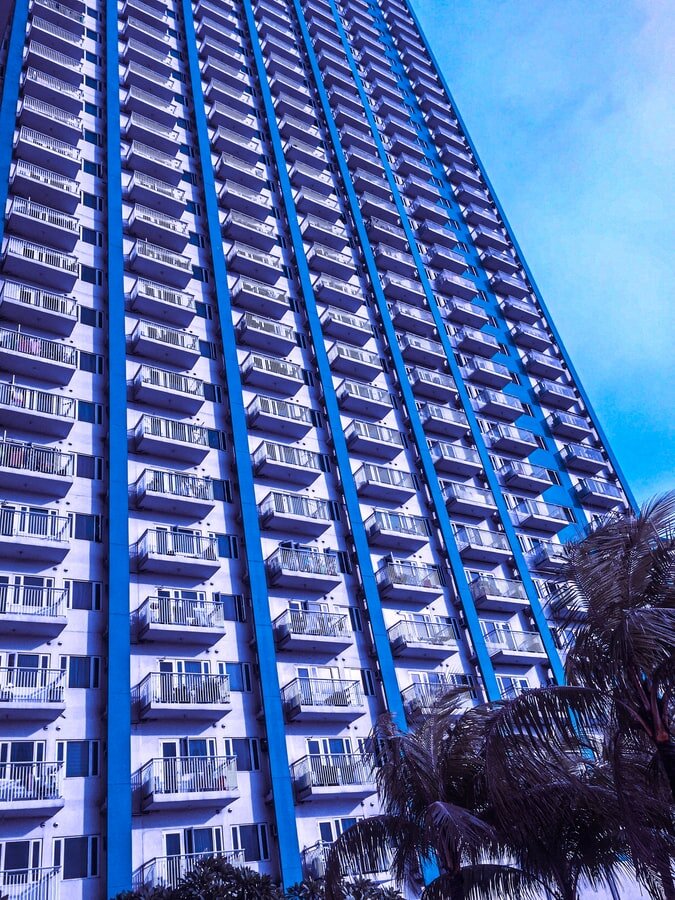Vertical pipe service is taking the US pipeline sector by storm. We’ve seen a massive migration from conventional replacement methods to the more efficient CIPP procedure. More than ever, residential, industrial, and commercial properties are demanding vertical pipe repair services.
While the procedure seems new, vertical CIPP has existed long enough to create a portfolio-backed reputation. Partially due to underground CIPP, the procedure is a popular choice for property owners who want to avoid the damage associated with dig-and-replace methods. So, CIPP as a whole is playing in a known field for pipe repair.
Read on to explore vertical pipe service, how it works, and how property owners can find CIPP specialists for their pipe systems.
What is Vertical Pipe Service?
Vertical pipe service is a form of rehabilitation geared toward repairing vertical pipes. It differs from underground pipe repair because it employs a delicate approach. For example, vertical CIPP experts use less-invasive procedures to avoid damaging the building’s structure.
To start the process, experts bore an access point into the damaged pipe, which allows them to reach the pipe. Afterward, they insert a small and flexible epoxy line and inflate it with pressure. The pressure works to expand the epoxy, after which the experts cure it with ultraviolet light and heat.
By now, the expert team has created a seamless and jointless reinforcement within the aged line.
How to Detect Damaged Vertical Pipes in Your Property
Repairing damaged pipes is one thing, but sniffing them out is another (literally). Luckily, pipe issues aren’t hard to find because they often manifest themselves in burst liners and sewer backups. For instance, a clogged sewer liner shows itself in blocked drains and faucets.
Here are a few other clear signs that you need vertical pipe rehabilitation:
- Soaked walls: Water-damaged walls are a clear indication that your vertical pipes have been compromised. Water or sewer lines will crack and allow water to seep into concrete and drywall, causing extensive mold infestation.
- Corroded water: Another sign of damaged pipes is corrosion. The minerals present in water causes steel pipes to corrode and release rust into water liners. So, seeing rust in water indicates rusty and broken pipes.
Where to Find Vertical Pipe Rehabilitation Services
Vertical pipe repair, like many other trenchless options, is widely available to property owners. For instance, Vertical CIPP serves Dallas residents with professional services. Our experts are equipped and certified specialists who aim to restore vertical pipes efficiently.
Contact us today! We’re always ready to help.
